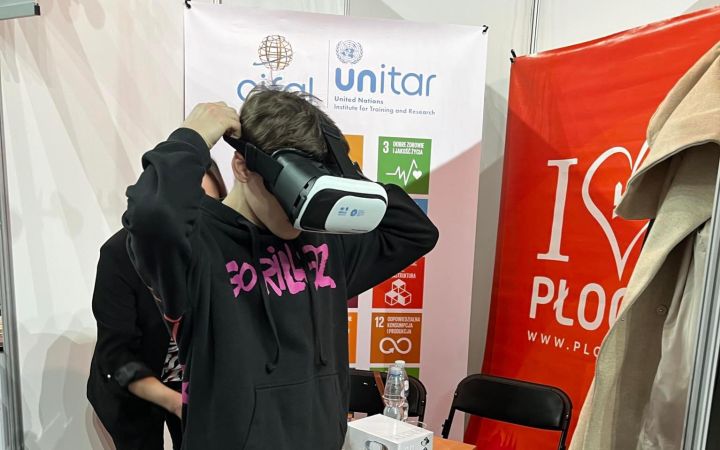The COVID-19 pandemic demonstrated the need for integrated surveillance for respiratory pathogens. In April 2022, stakeholders from across WHO’s South-East Asian Region (SEAR) met at a regional consultation with Member States to explore how best to sustain and further develop coordinated and integrated systems in the region.
The consultation’s general objective was to identify regional needs, strategies and next steps for establishing sustainable surveillance for influenza, SARS-CoV-2 and other respiratory pathogens of epidemic or pandemic potential.
Before the meeting, WHO’s Regional Office for SEAR (SEARO) surveyed Member States, partners and WHO staff to get their perspectives on obstacles and opportunities. Survey results were triangulated with findings in reports of regional meetings on integrated surveillance, bi-regional meetings of National Influenza Centres (NIC) and periodic reviews done in 2020 to 2022.
During the April 2022 consultation, participants provided further inputs through focused discussions and interactive presentations. Surveillance objectives were prioritised as “high” and “medium” priority using a standard prioritization matrix.
The consultation identified the following high priority objectives for surveillance in the region:
- Detect new outbreaks and zoonotic events
- Assess and monitor transmissibility
- Establish baseline and monitor epidemic periods and seasonality
- Detect changes in epidemiological patterns of circulating viruses
- Identify and monitor high-risk groups for severe diseases and deaths
- Describe clinical syndromes of infections caused by the circulating respiratory virus strains
- Monitor hospital capacity
- Monitor virus types/lineages
- Monitor genetic characteristics
- Monitor circulation of viruses in animals
- Provide candidate viruses for vaccines
Participants argued that existing surveillance and supplementary systems would need to be enhanced to effectively implement these objectives. In particular, laboratory networks need to be established and strengthened on a large scale. There also needs to be strengthening of surveillance at the animal-human interface as well as in systems for health system capacity monitoring and reporting. Participants suggested that clinical networks were underused across the region.
Participants also made specific recommendations for WHO. These included holding a regional meeting after the global framework on respiratory virus surveillance is published, so that Member States in SEAR can discuss how to operationalize the framework based on country-specific needs and priorities. WHO was recommended to actively engage in this country capacity building. All participants agreed that the Global Influenza Surveillance and Response System (GISRS) should form a foundation for multi-source sentinel surveillance systems in SEAR. They further agreed that strengthening national and sub-national surveillance capacities falls under the preparedness remit of pandemic plans.







